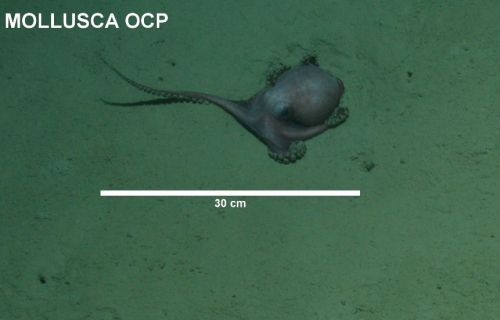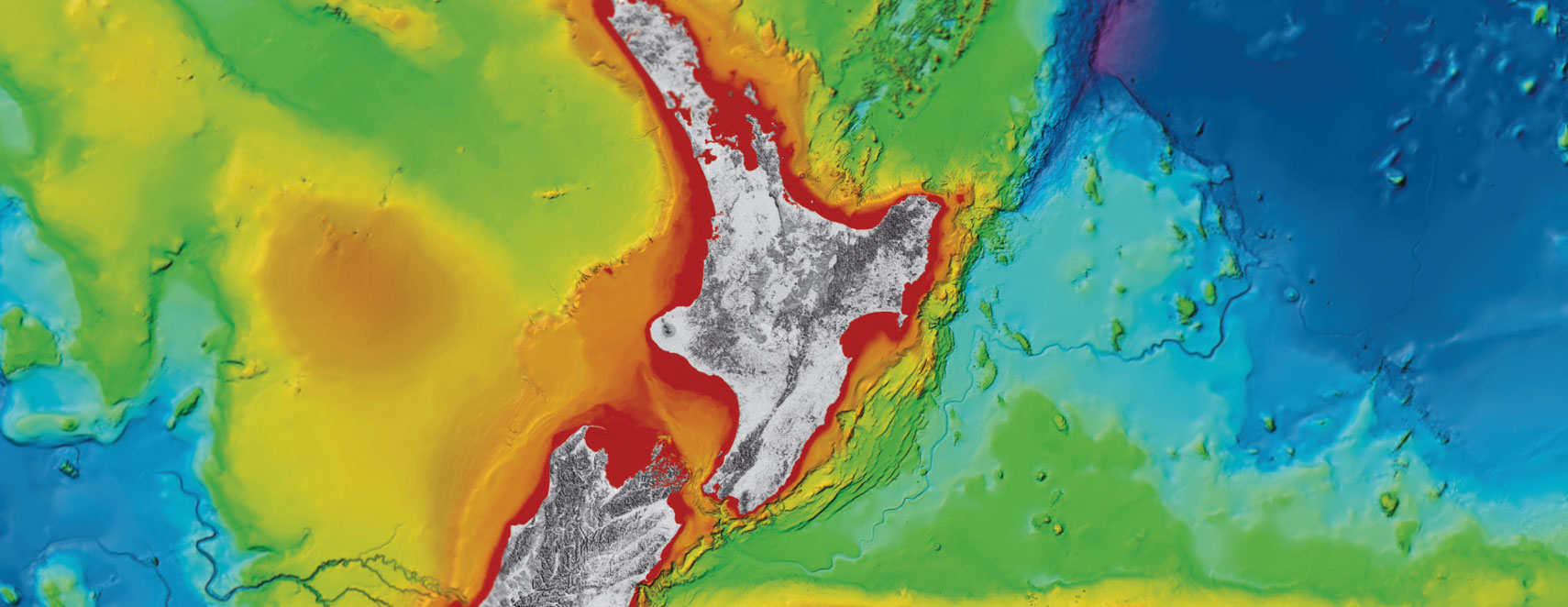
NIWA Intern Blog: A summer analysing seafloor organisms

Kia ora koutou katoa. Ko Tessa Thomson tōku ingoa, Nō Ngāti Tukorehe ahau.
This is my second blog entry since the beginning of my summer internship at NIWA. Reflecting on the summer that has been has made me grateful for the opportunities we as students have, and hopeful that opportunities like these only increase for other students of all ages, qualifications, and ethnicity.
I have spent my summer analysing images fromTAN1904, a research voyage, to identify the organisms, as well as their traces and tracks, that live at slump sites and other undisturbed sites nearby.
This research falls under the 5 – year project HYDEE – which looks into economic opportunities and environmental implications of energy extraction from gas hydrates in New Zealand.
My work is important as we need to understand what may happen to biological communities if there is a submarine landslide as a result of gas hydrate extraction.
I have learnt so much during my time here at NIWA. I have learnt how to edit images collected using NIWA’s deep-towed imaging system (DTIS) and learnt how to use an image analysis software programme called BIIGLE (Bio-Image Indexing and Graphical Labelling Environment). BIIGLE allows us to quickly identify different creatures in video imagery and annotate the files.
My results are yet to be produced – as issues with the image analysis programme have hampered my analysing abilities. Something I have learnt throughout my time at NIWA is it is important to be flexible and adaptable to these sort of hold ups!
The flexible nature of my project means I am still able to continue the analysis while I study, which works well for both NIWA and myself. However, the most invaluable thing I have learnt throughout this internship is learning to work for a science organisation, how research jobs in science work, and what this sort of work could look like for me, in the future.
This internship has motivated me to help organizations such as NIWA implement the use of tikanga Māori in their research and the practices that they undertake every day.
Being a young Māori female working at such a large scientific organisation has been an opportunity I will never forget. It makes me excited and motivated to continue to work hard in finishing my undergraduate degree and moving into postgraduate study.
Ngā mihi ki a koutou katoa.
Disclaimers and Copyright
While every endeavour has been taken by the East Coast Lab Hikurangi Subduction Zone M9 to ensure that the information on this website is
accurate and up to date, East Coast Lab Hikurangi Subduction Zone M9 shall not be liable for any loss suffered through the use, directly or indirectly, of information on this website. Information contained has been assembled in good faith.
Some of the information available in this site is from the New Zealand Public domain and supplied by relevant
government agencies. East Coast Lab Hikurangi Subduction Zone M9 cannot accept any liability for its accuracy or content.
Portions of the information and material on this site, including data, pages, documents, online
graphics and images are protected by copyright, unless specifically notified to the contrary. Externally sourced
information or material is copyright to the respective provider.
© East Coast Lab Hikurangi Subduction Zone M9 - www.eastcoastlab.org.nz / +64 6 835 9200 / info@eastcoastlab.org.nz
